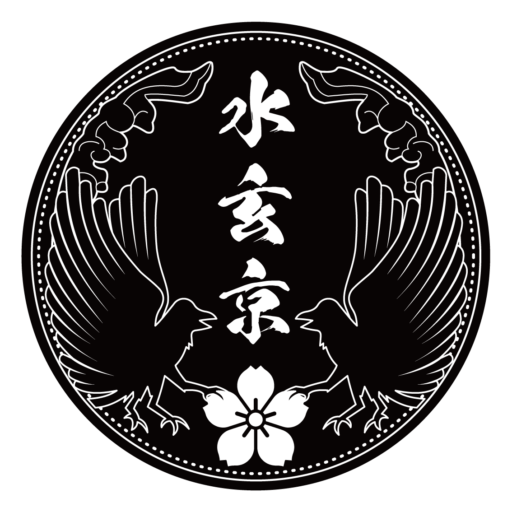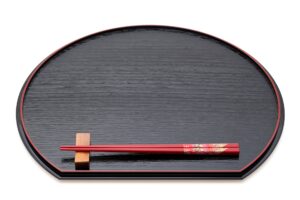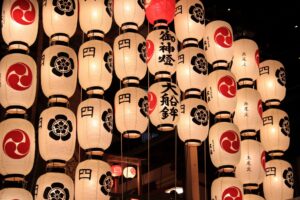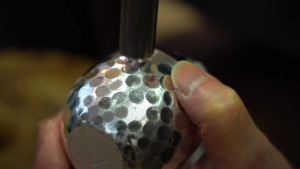Introduction
The Japanese tea ceremony, also known as “Chanoyu” or “Sado,” is a traditional cultural practice that embodies grace, harmony, and tranquility. Rooted in Zen Buddhism, this centuries-old art form has captivated enthusiasts worldwide with its meticulous rituals, exquisite tea preparation, and profound symbolism. In this article, we will delve into the allure and rich history of the Japanese tea ceremony, offering a glimpse into this captivating tradition.
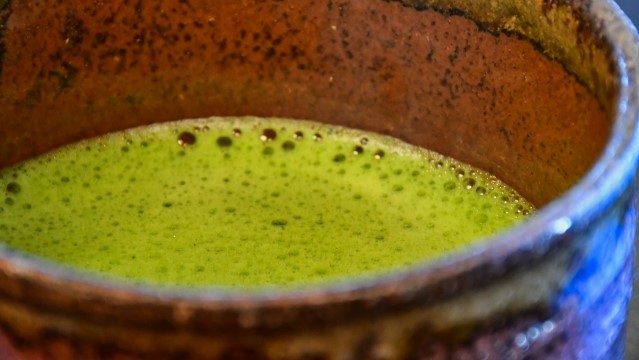
The Fascination of Japanese Tea Ceremony
Japanese tea ceremony is a celebration of simplicity and mindfulness. It offers a serene escape from the complexities of modern life, allowing participants to find solace and rejuvenation through a carefully choreographed sequence of movements. At its core, the tea ceremony emphasizes the harmonious interaction between the host, the guests, and nature. It is a unique blend of aesthetics, spirituality, and social bonding.
History and Origins
The origins of Japanese tea ceremony can be traced back to the Heaian period (794-1192) when Buddhist monks introduced tea from China. However, it wasn’t until the 16th century, during the Muromachi period(1336-1573), that the tea ceremony took on its distinctive form under the influence of tea master Sen no Rikyu. Rikyu’s teachings emphasized simplicity, humility, and the appreciation of imperfections, which became the guiding principles of the tea ceremony. Over the centuries, the practice evolved, with different schools and styles emerging, each adding its own nuances to the art.
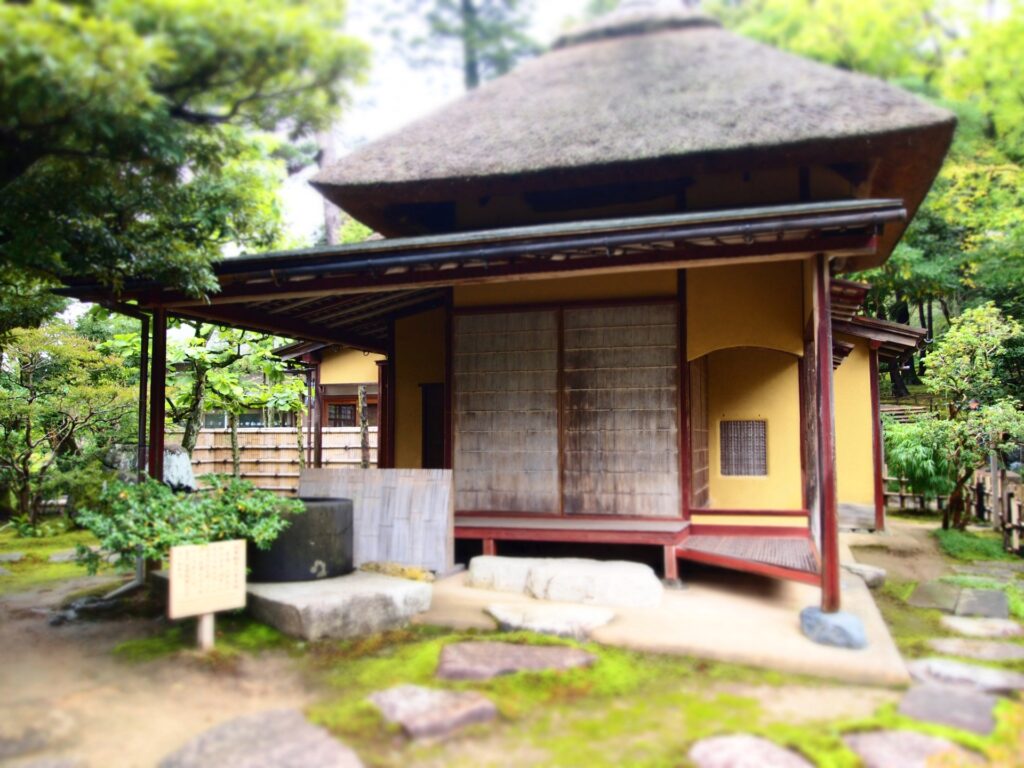
Elements of the Tea Ceremony
Central to the tea ceremony is the preparation and presentation of matcha, a powdered green tea. The ceremony typically takes place in a dedicated tea room or a tranquil garden setting, designed to foster a sense of tranquility and detachment from the outside world. The room’s aesthetics, including the scroll paintings, flower arrangements, and utensils, play a vital role in creating an atmosphere conducive to the tea experience.
The tea ceremony is a meticulously choreographed sequence of movements that reflects the Japanese concept of “ichi-go ichi-e,” meaning “one time, one meeting.” Each gesture, from the precise way of handling the tea utensils to the pouring and receiving of tea, is executed with deliberate intention and attention to detail.
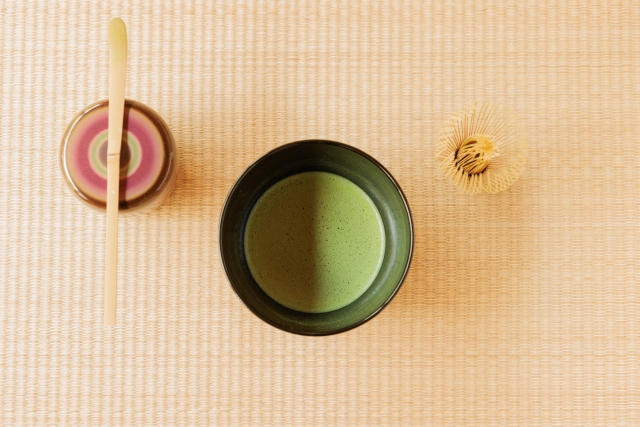
Symbolism and Philosophy
Beyond its aesthetic appeal, the tea ceremony embodies profound philosophical and spiritual concepts. The act of preparing and sharing tea is seen as a metaphor for life, reminding participants to appreciate each moment and find beauty in simplicity. The tea room itself represents a microcosm of the natural world, with elements like the tea garden, water basin, and tea house symbolizing the harmony between humans and nature.
Conclusion
The Japanese tea ceremony is a captivating cultural tradition that offers a unique blend of aesthetics, spirituality, and social harmony. Its enduring appeal lies in its ability to transport participants to a realm of tranquility and mindfulness. By cherishing the beauty of imperfections and embracing simplicity, the tea ceremony serves as a profound reminder of the essence of life itself. Whether you are a tea enthusiast or simply curious about Japanese culture, exploring the world of the Japanese tea ceremony is an enriching and rewarding journey.
